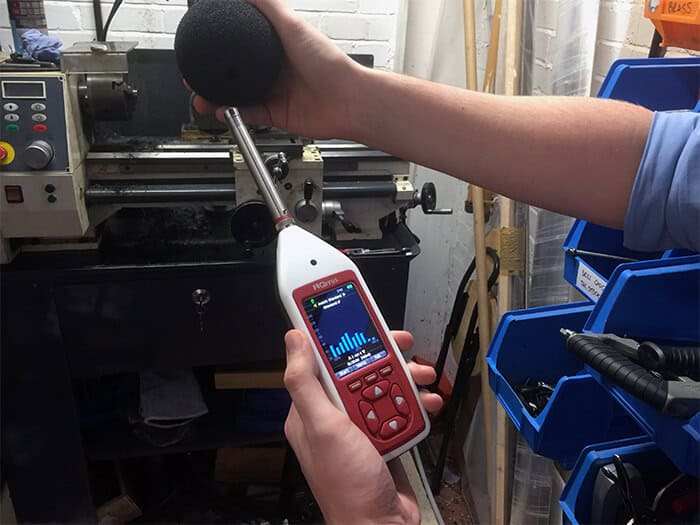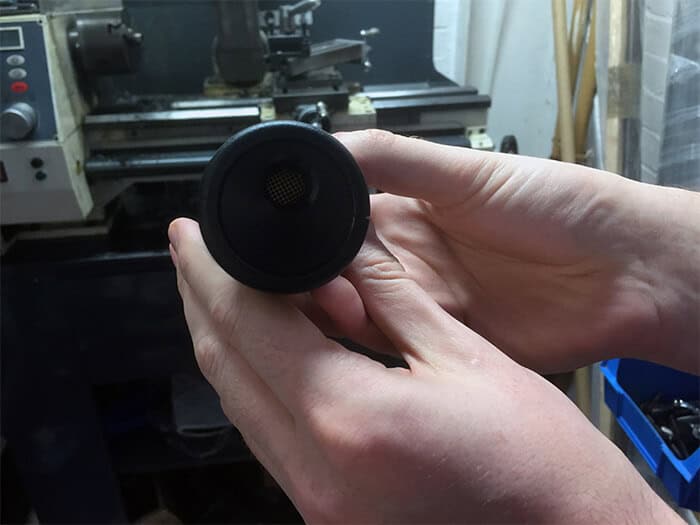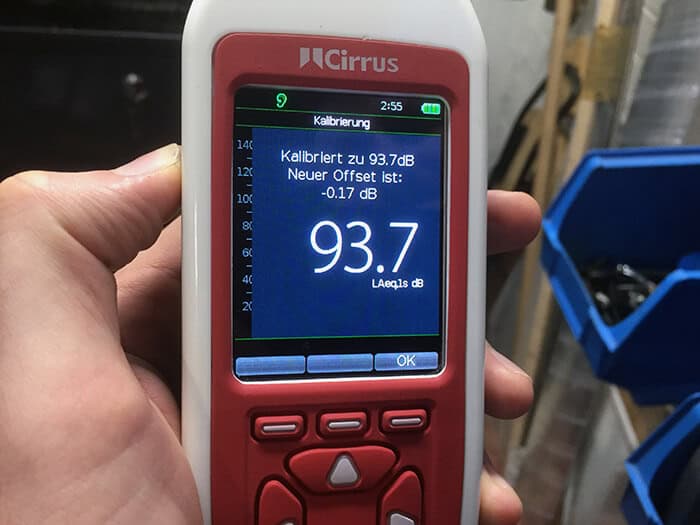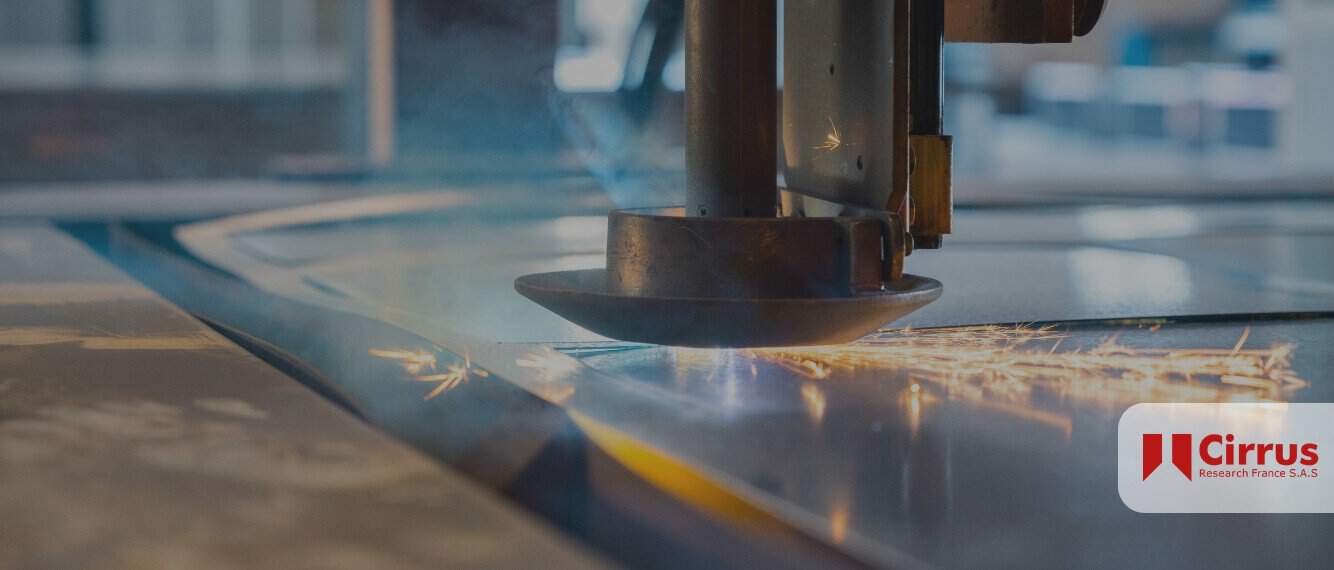To ensure that noise meters work reliably, they must be calibrated before each measurement. Here’s how it works – using the Optimus sound level meter and the sound calibrator from Cirrus Research as an example.
Why are calibrations important?
Calibrating a sound level meter before each measurement ensures that the measurements are accurate, reliable and consistent. It helps to compensate for environmental conditions and equipment interference, ensure compliance with standards and regulations and maintain the credibility of the measurement results.
How to calibrate your sound level meter
To successfully calibrate your sound level meter, follow these simple steps:
1. Pick up the Optimus sound level meter, turn it on and remove the windscreen to expose the microphone.

2. There is a small hole at one end of the calibrator into which you need to insert the microphone. Please note: There are two rubber seals in the hole for an airtight connection. This may require some force to insert the microphone.

3. At the other end of the calibrator you will find a button with which you can switch the device on and off. If you press this button, a green light will appear and your Optimus will display around 94 dB. Please do not be surprised if the device does not show exactly 94dB. The calibration process will adjust the level. If the green light is not displayed, you need to replace the battery.

4. Press the ‘Calibrate’ button on the Optimus sound level meter: the screen turns blue. The sound calibrator now delivers a noise of consistent volume to the microphone, which the software in the device recognises. If there is a difference between what the calibrator outputs and what the microphone receives, the sound level meter adjusts the difference to ensure that your measurements of a consistent noise source are accurate.

5. When the calibration is complete, the display will show: ‘calibrated at 93.7 dB’. Press ‘OK’ and carefully remove the calibrator. Press the on/off button on the calibrator to switch it off.

Your sound level meter is now well prepared: happy measuring!
If you have any further questions about the calibration process or your sound level meter, please contact our team of experts. We will be happy to help!



